More housing choices for all
Why?
Reduces traffic. Rather than clogging our local streets while waiting to get on the freeway, everyone will have the opportunity to live near where they need to be each day.
Improves quality of life. When people don’t have to spend hours commuting, they can spend more time with friends, family, and neighbors, or pursue new endeavors.
Increases diversity and culture. Our senses are delighted when students, service employees, artists, and new immigrants find a place live in our community.
Businesses thrive with more customers nearby, and when employees can afford to live nearby.
Reduces transportation costs. Most money spent on transportation quickly moves out of the local economy, but investments in housing stays local.
Seniors are enabled to age-in-place.
How?
The only way provide housing for everyone is to build more homes…but we especially need to build homes which cost less. Therefore, we need to change regulations to enable and encourage the market to provide of a broader diversity of affordable and workforce housing.
To meet this need, we must create more homes in a walkable context which are more affordable, efficiently-designed, and community-oriented. Some approaches to realizing these opportunities include missing middle housing, pocket neighborhoods, and co-housing.
In our core areas, we should expect to find residential/commercial mixed-use buildings with traditional apartments and condominiums. But these should include efficiently-sized multiplex units such as residential suites, single-room occupancy, and small efficiency dwelling units.
At the edges of our core areas, we should expect to find:
live/work suites.
townhouses, row houses, or other connected homes.
dorm houses or boarding houses.
courtyard apartments.
Beyond the edges of the core, but still within a 10-minute walk of the core areas, we should expect to find efficient housing which smoothly transitions into our single family neighborhoods, such as:
house-sized multiplexes: duplexes, triplexes, fourplexes which can be designed to look like a traditional house.
clustered homes: bungalow courts, cottage villages, tiny house villages.
modern modular homes: multi-unit, standalone.
Within the rest of our single family zones, we can even provide affordable housing—and even enable seniors to age-in-place—with the help of accessory dwelling units (ADUs):
detached ADUs: granny flats, carriage houses, backyard cottages, tiny homes.
attached ADUs: mother-in-law apartments.
Can the market really meet all our needs? No. We will continue to need subsidized housing for the poorest in our community…but at an average price of $300,000 per unit, even subsidized housing is quite expensive to build. But by enabling the market to meet the needs of the working class, we can enable subsidized housing to focus on meeting the needs of those with the least.
Want to learn more? Read Sightline Institute’s blog series on Legalizing Inexpensive Housing.
